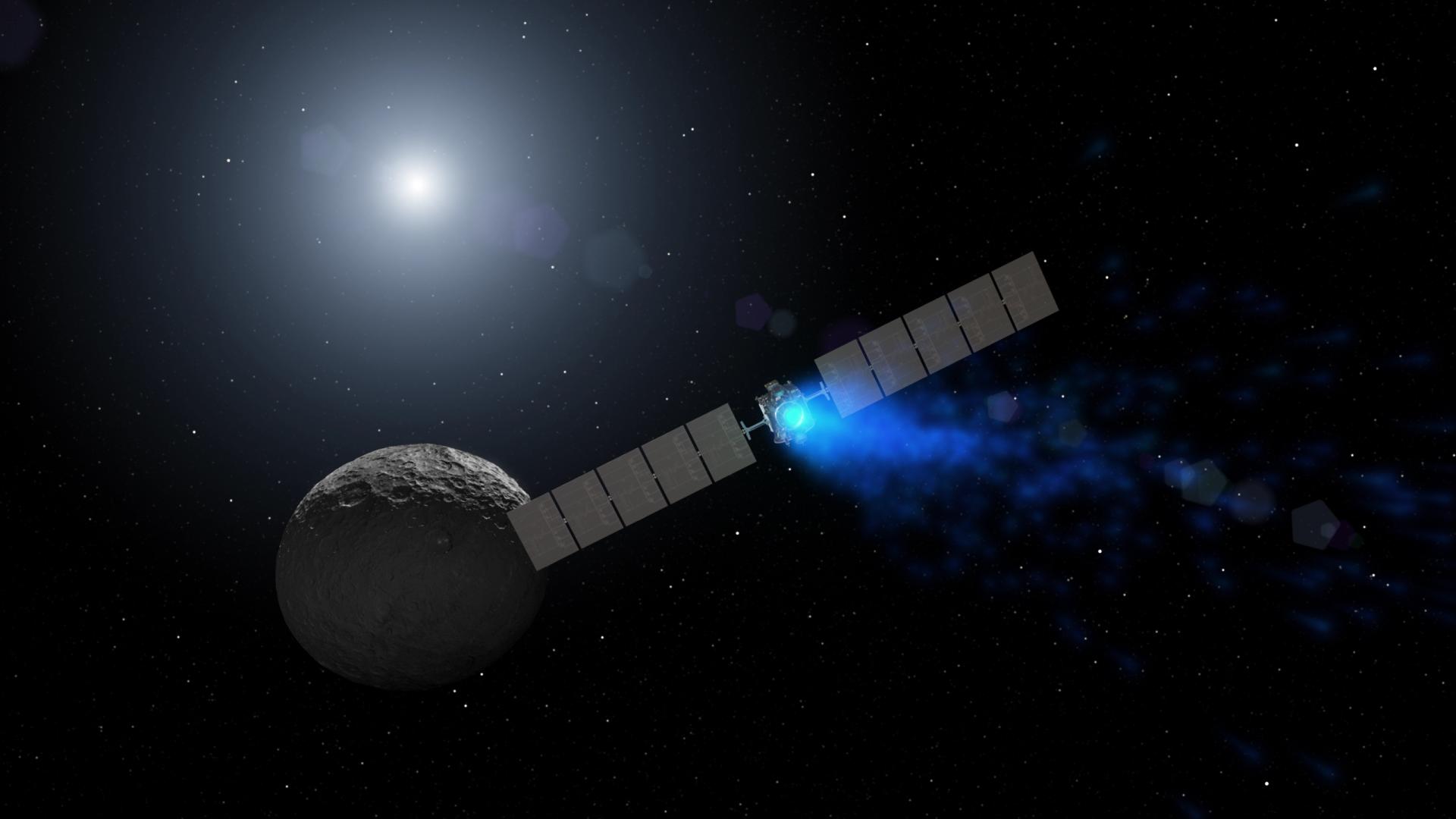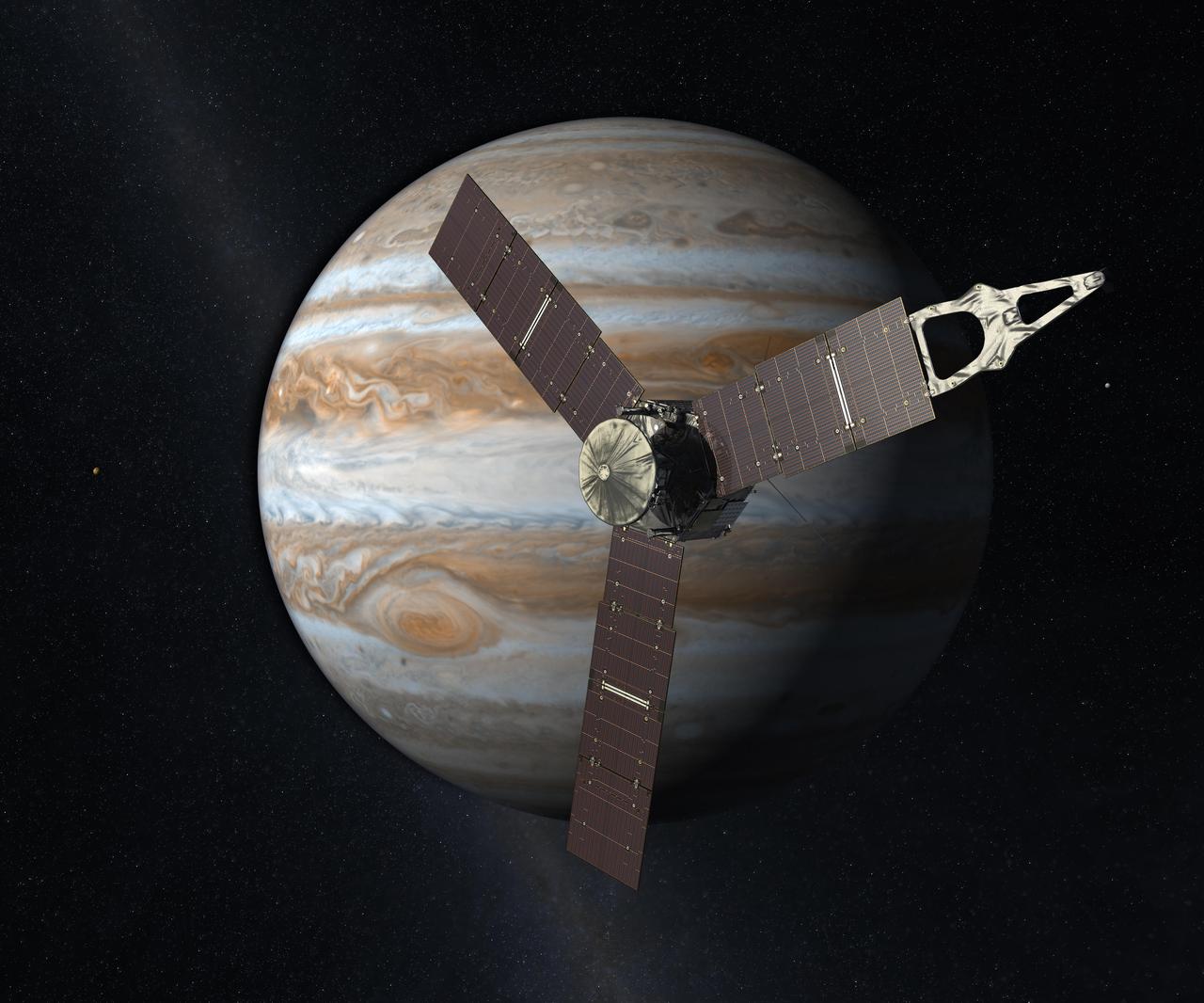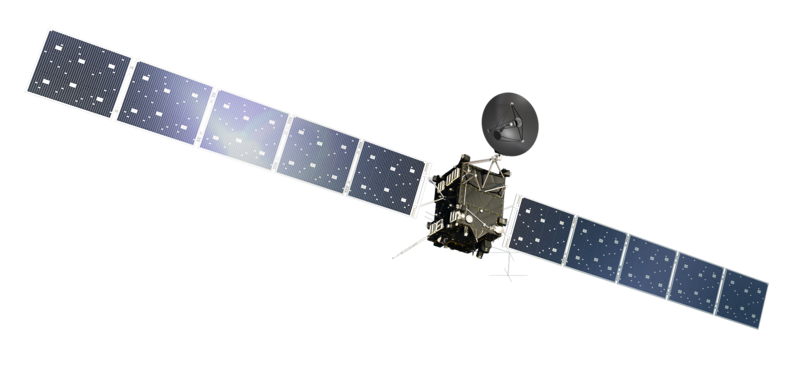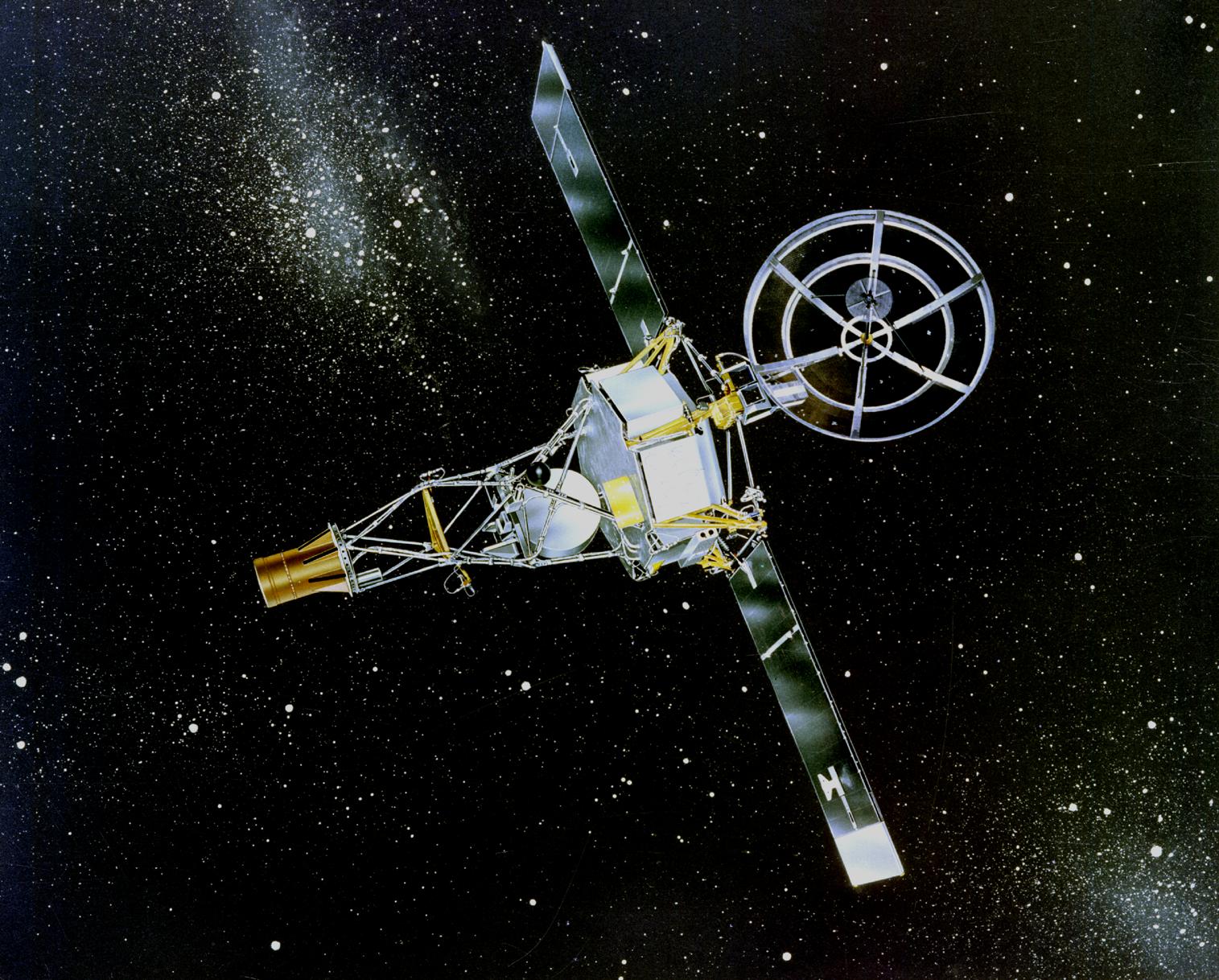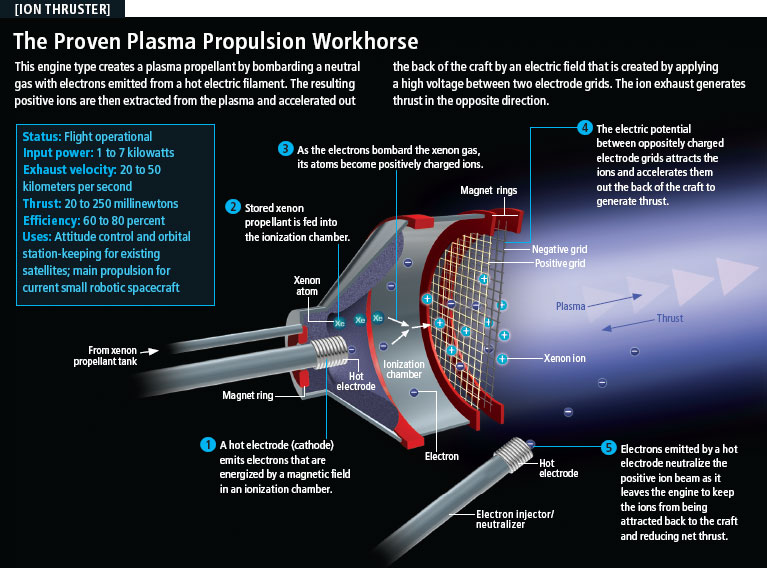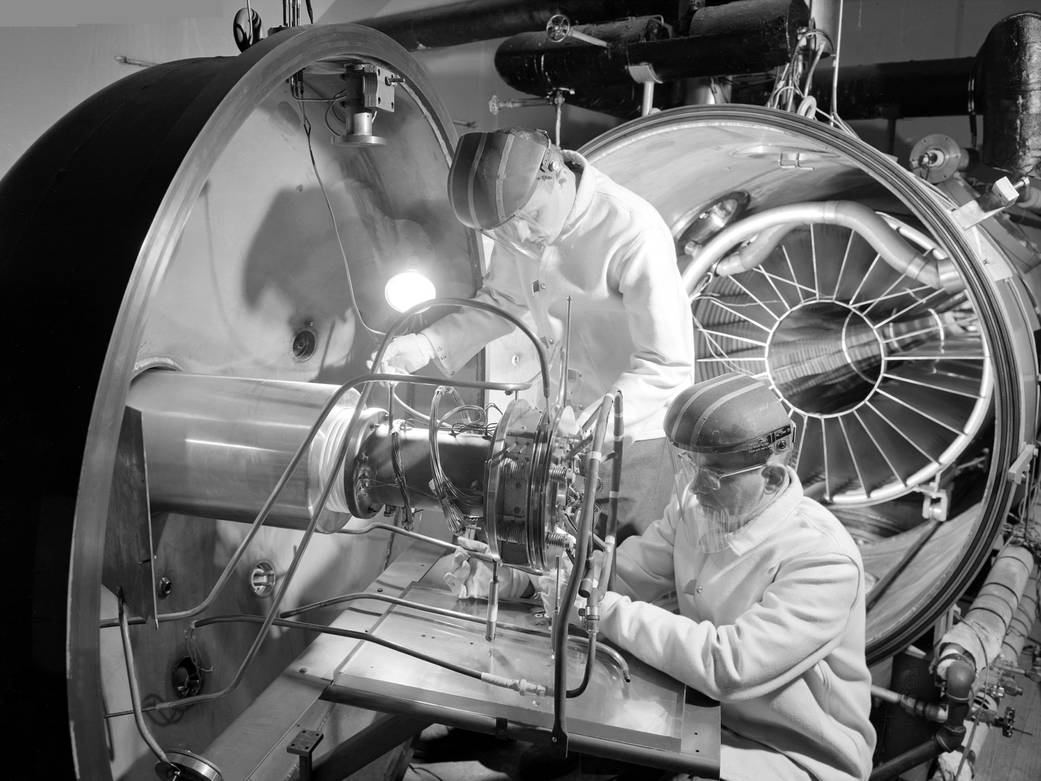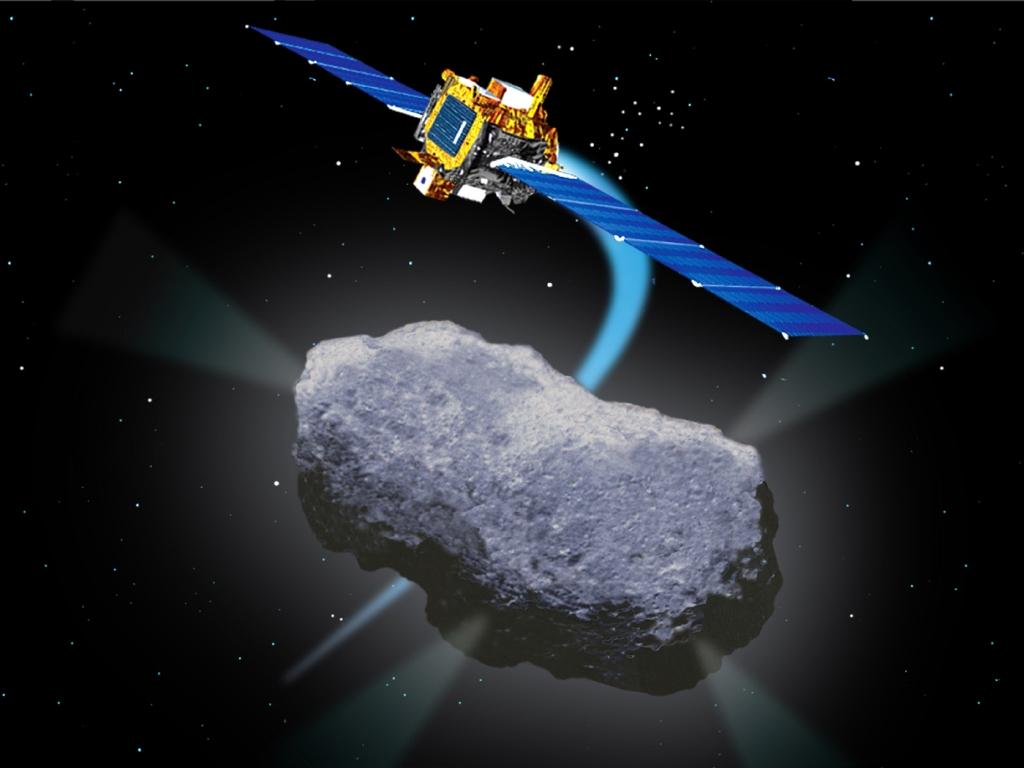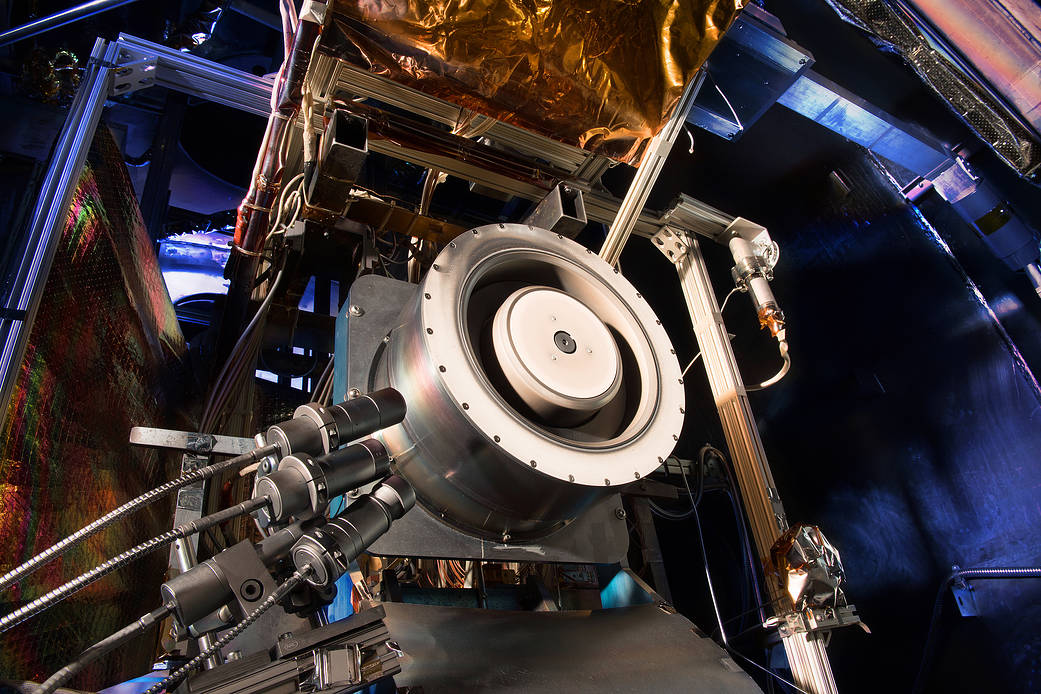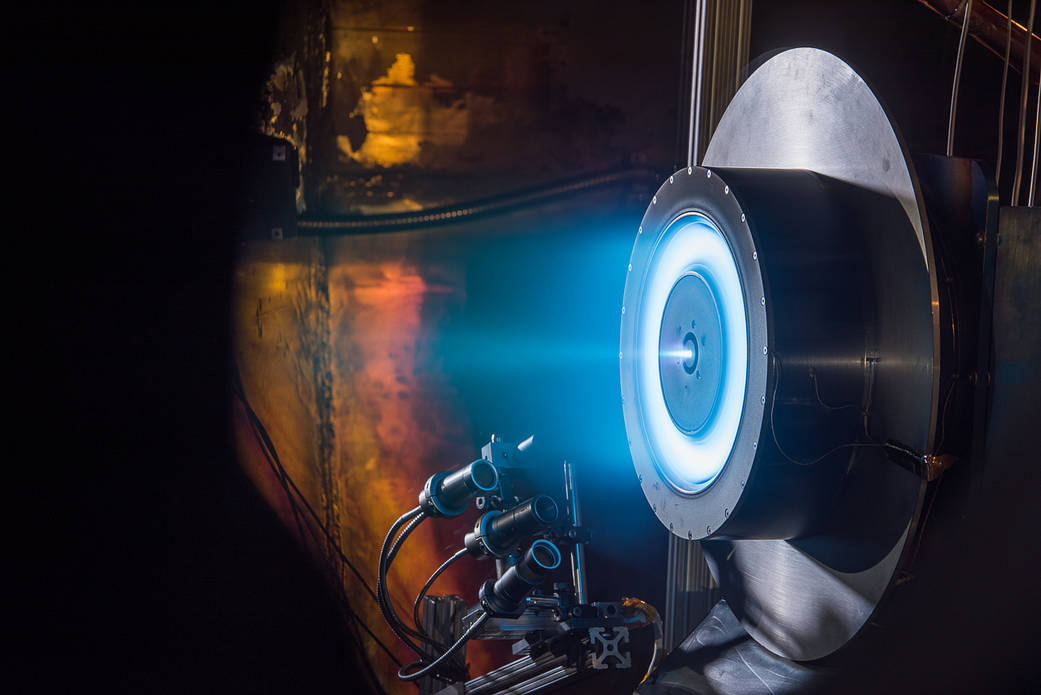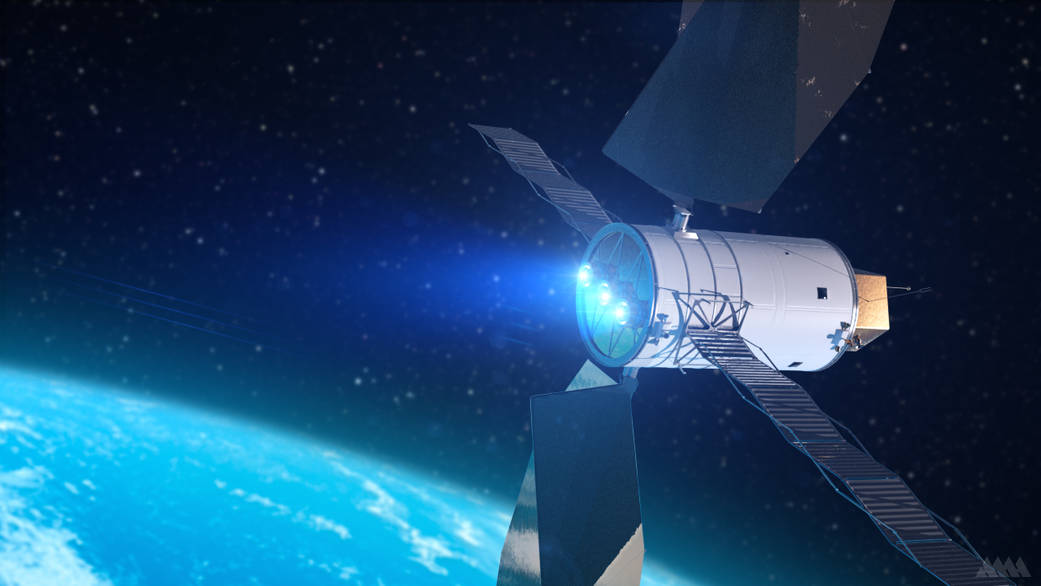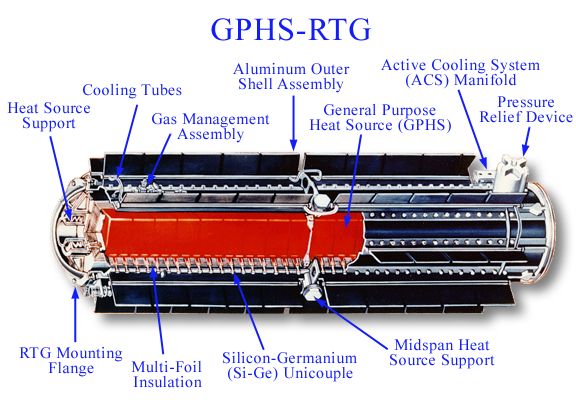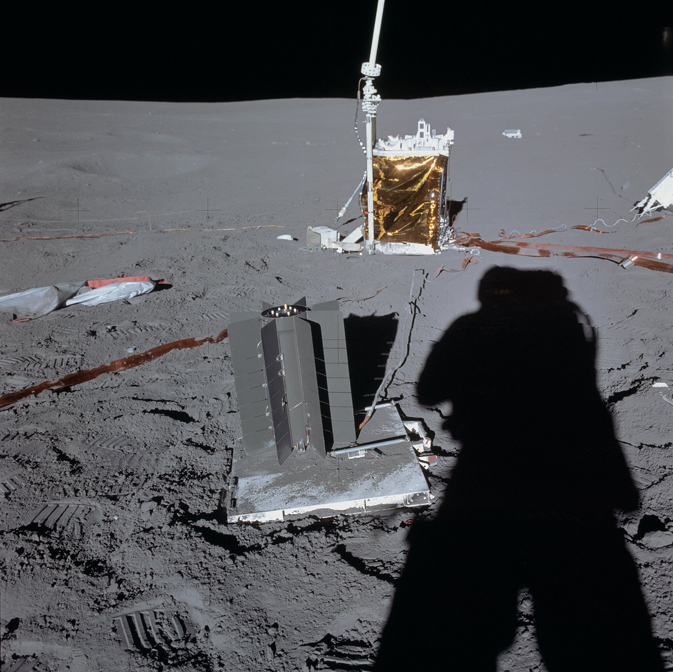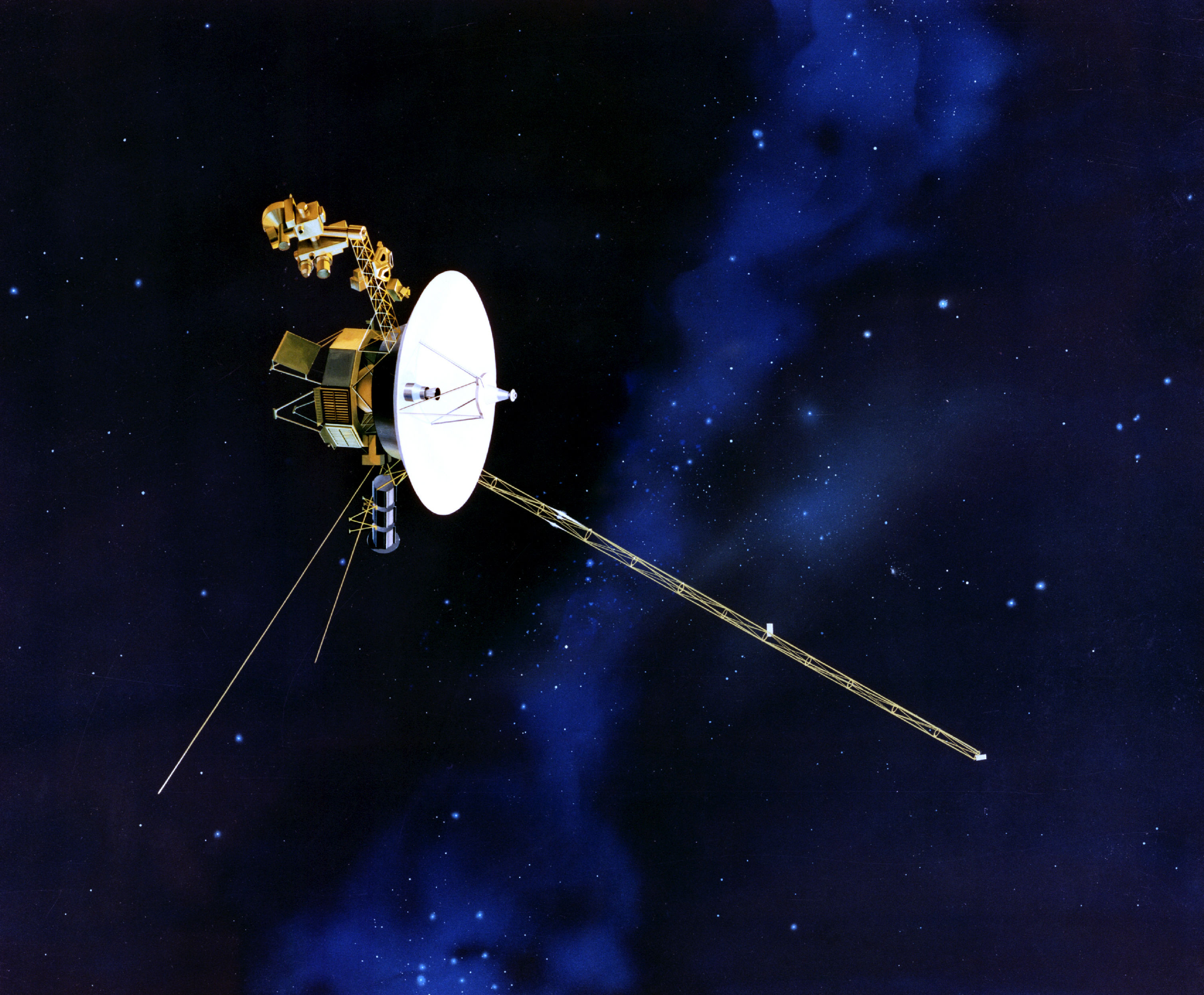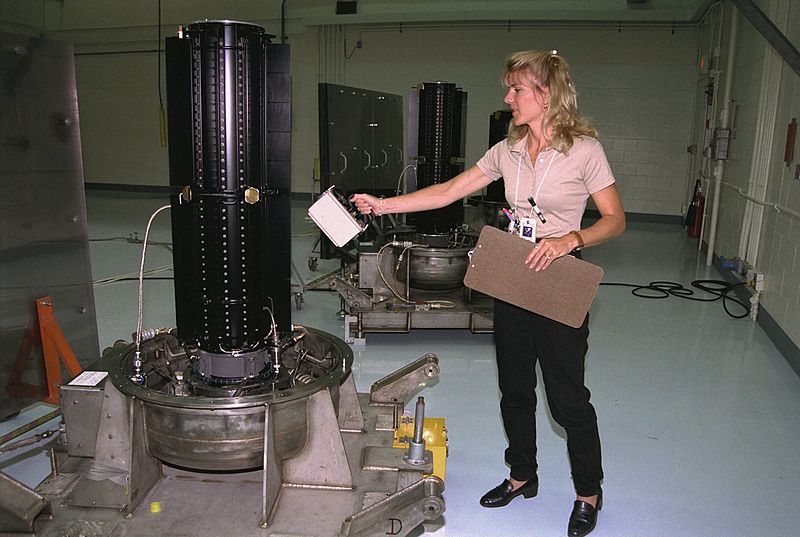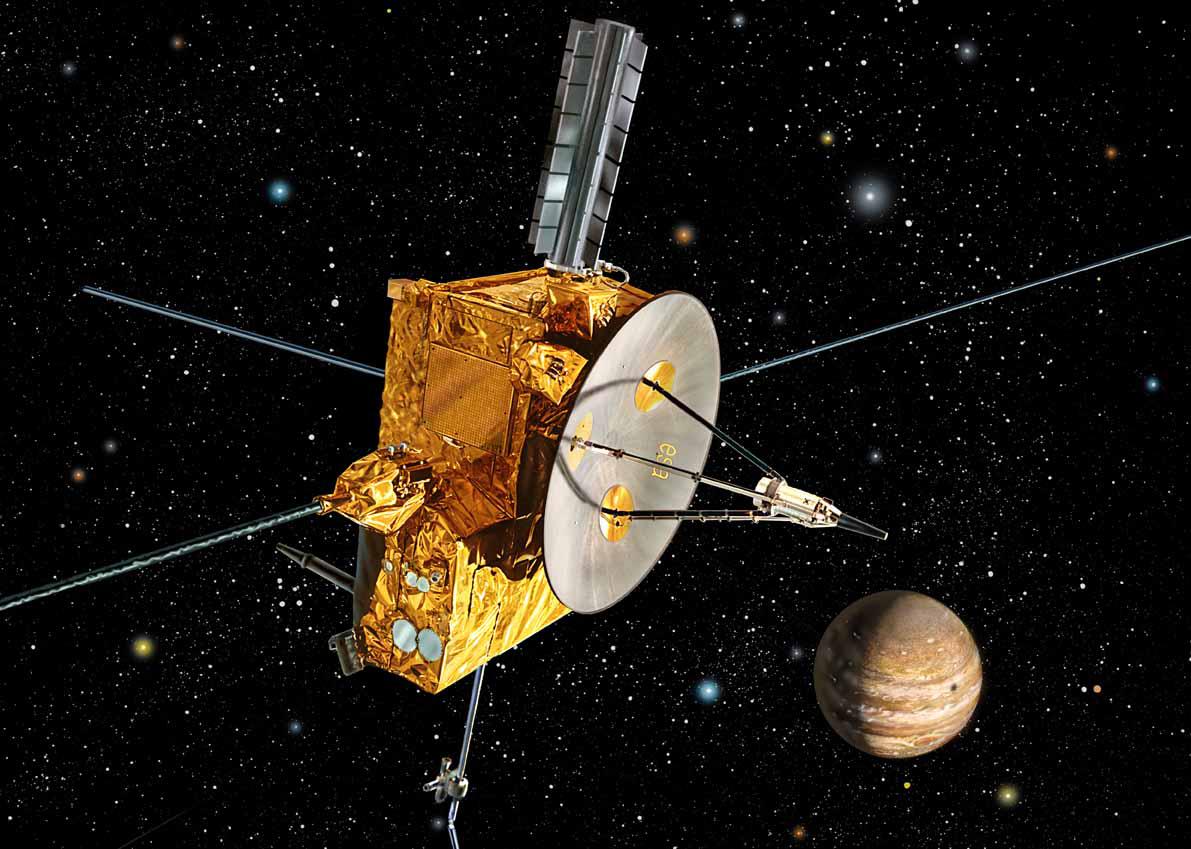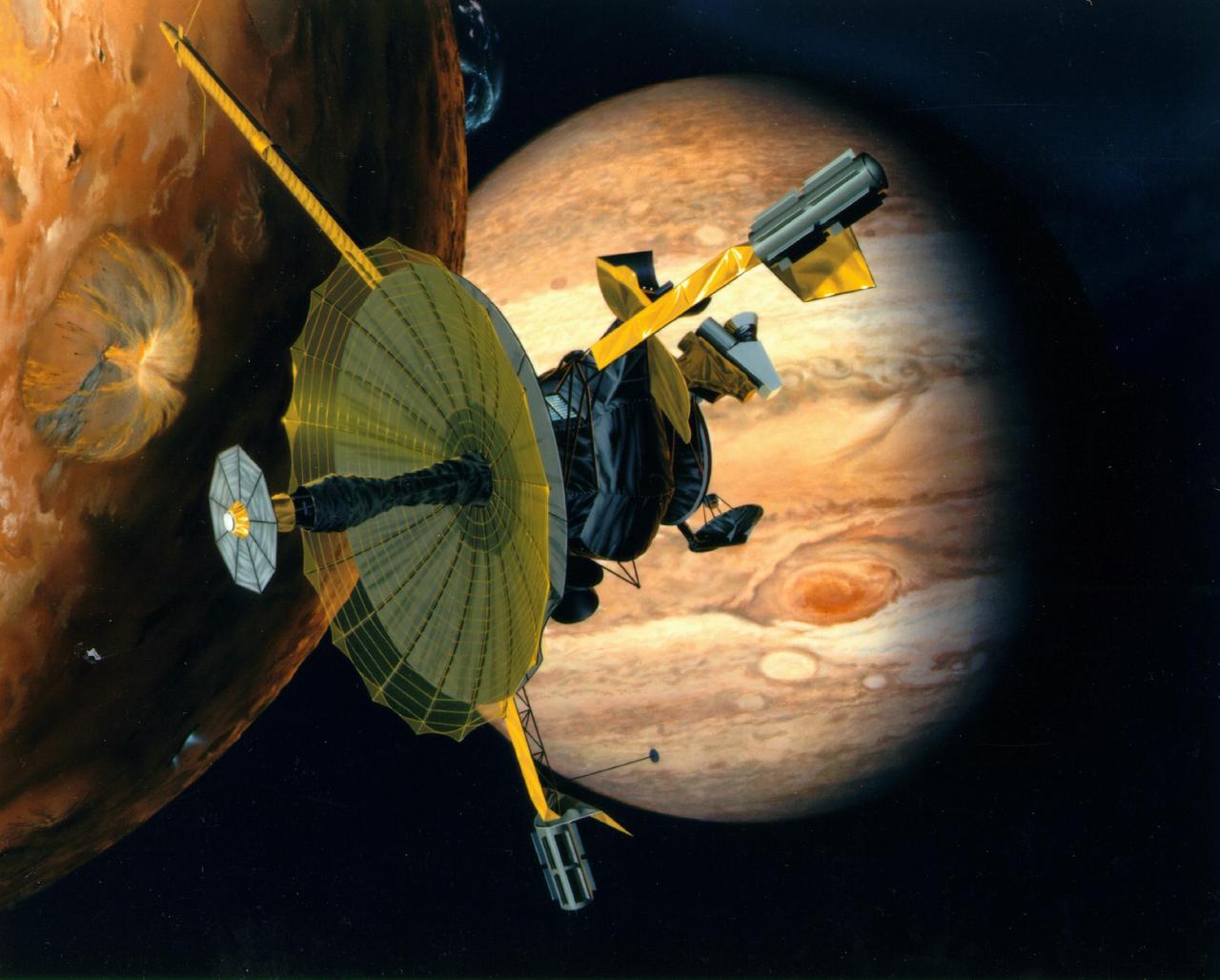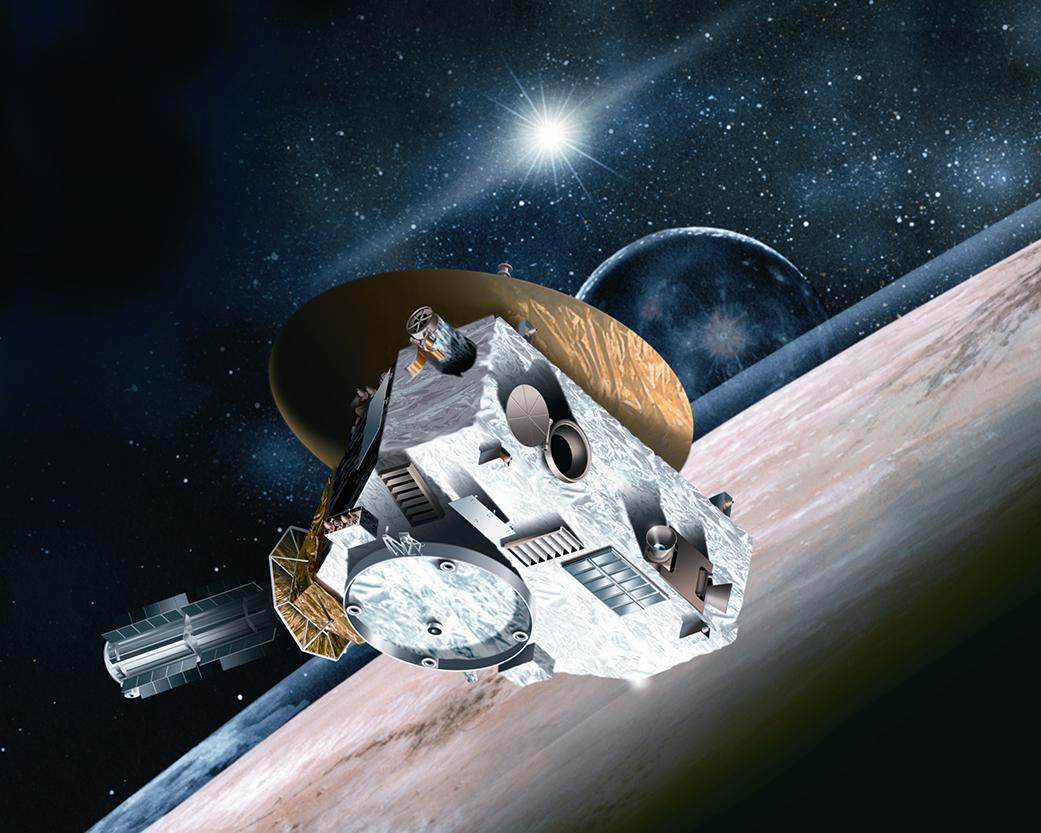Spacecraft 101 | Power Sources And Propulsion ☢
No Gas Stations In Space!
Ever wondered how the space probes that explore the solar system power themselves when there are no gas stations to refuel in space? Well, they need to take all the fuel they need with them or use sunlight! Here you can learn all about the types of propulsion that probes use and how they generate electricity to run their science instruments!
Accelerating And Powering Space Probes!
To reach space a spacecraft needs to accelerate to a very high speed and be lifted high above Earth. Once there, a space probe needs to be able to move around, change course, accelerate and sometimes slow down. But how?
Propulsion Types
The basic idea behind space propulsion is simple: you accelerate (and direct) a mass in one direction and the spacecraft gets propelled in the other direction. There are several interesting types of engines which aim to achieve this!
- Chemical Rockets
All rockets and spacecraft use chemical fuel for launch. Basically, two chemicals are mixed, or burnt, in a rocket engine and the exhaust gases are directed out the back at supersonic speeds! This accelerates the rocket and spacecraft into orbit, or a higher orbit, towards its destination. Learn more about how rockets work here.
- Gas Thrusters
These work by releasing stored compressed gas through ‘jets’, to push a spacecraft in the opposite direction. Often used for minor direction or orientation changes.
- Ion Propulsion
It may seem like science fiction but these types of engines actually exist! Ion propulsion works by providing a small thrust over a long period of time to change a spacecraft's velocity. Using electricity generated from solar panels, the futuristic engine accelerates charged particles to blistering speeds of up to 50 km/s (180,000 kilometres per hour). This is much faster than the exhaust from a chemical rocket engine. Due to their efficiency, a spacecraft with an ion engine uses less than a 1/10th of the propellant of a normal rocket engine. Therefore, the size of the launch rocket can be smaller (and cheaper) or they can carry larger payloads! Ion propulsion is best suited for deep space missions such as the Dawn spacecraft!
- Solar Sails
This method has been proposed and trialled. It utilizes the tiny particles of light (called photons) from the Sun to gently ‘push’ on a large sail attached to a spacecraft to generate thrust. This can accelerate a spacecraft to incredible speeds without using any fuel. However as the solar sail moves away from the Sun, its effectiveness decreases.
- Fusion Rocket Engines?
The ultimate spacecraft propulsion type would be one that is fusion-powered. This would basically recreate the power of the Sun by fusing atomic nuclei, generating an almost limitless source of thrust! If scientists could design such a rocket engine it would likely be hundreds of times more efficient than current rocket engines.
Power Sources
A spacecraft needs a source of electricity to power its instruments, communications equipment and possibly electric propulsion systems while in space.
If a space probe operates in the inner solar system, where sunlight is plentiful, it will usually generate electricity from solar panels. In the outer solar system, beyond the asteroid belt where sunlight is weak, a space probe typically uses small nuclear generators.
- Solar Power
Electricity generated by solar panels depends on the intensity of the sunlight and the panel surface area. The intensity of sunlight is halved every time you double the distance from the Sun. The size of a space probe’s solar panels will then depend on the distance from the Sun the probe will operate, the power requirement and the efficiency of the panels. The Juno spacecraft is the most distant spacecraft to utilise solar panels.
- Radioisotope thermoelectric generators (RTGs)
These use the heat from the decay of radioactive elements like Plutonium-238 to generate electricity. These devices reliably generate electricity for long periods of time. For example, Voyager 2 is still operational after 40 years thanks to the power generated by its RTG!
RTGs have been used by all the deep space probes such as Pioneer 10 & 11, the Viking Landers, Cassini, New Horizons and most of the Apollo missions to provide power for the surface science equipment left on the surface of the Moon! The Curiosity rover on Mars is even powered by its own RTG!
- Stored Power – Batteries
Most space probes contain batteries to store electricity to continue operating during peak electrical demand periods or if the probe passes into the shadow of a planet or moon. A small number of space probes, which typically don’t operate for long periods of time, may also operate on stored electrical power. One example is the Huygens probe which descended to the surface of Titan.
